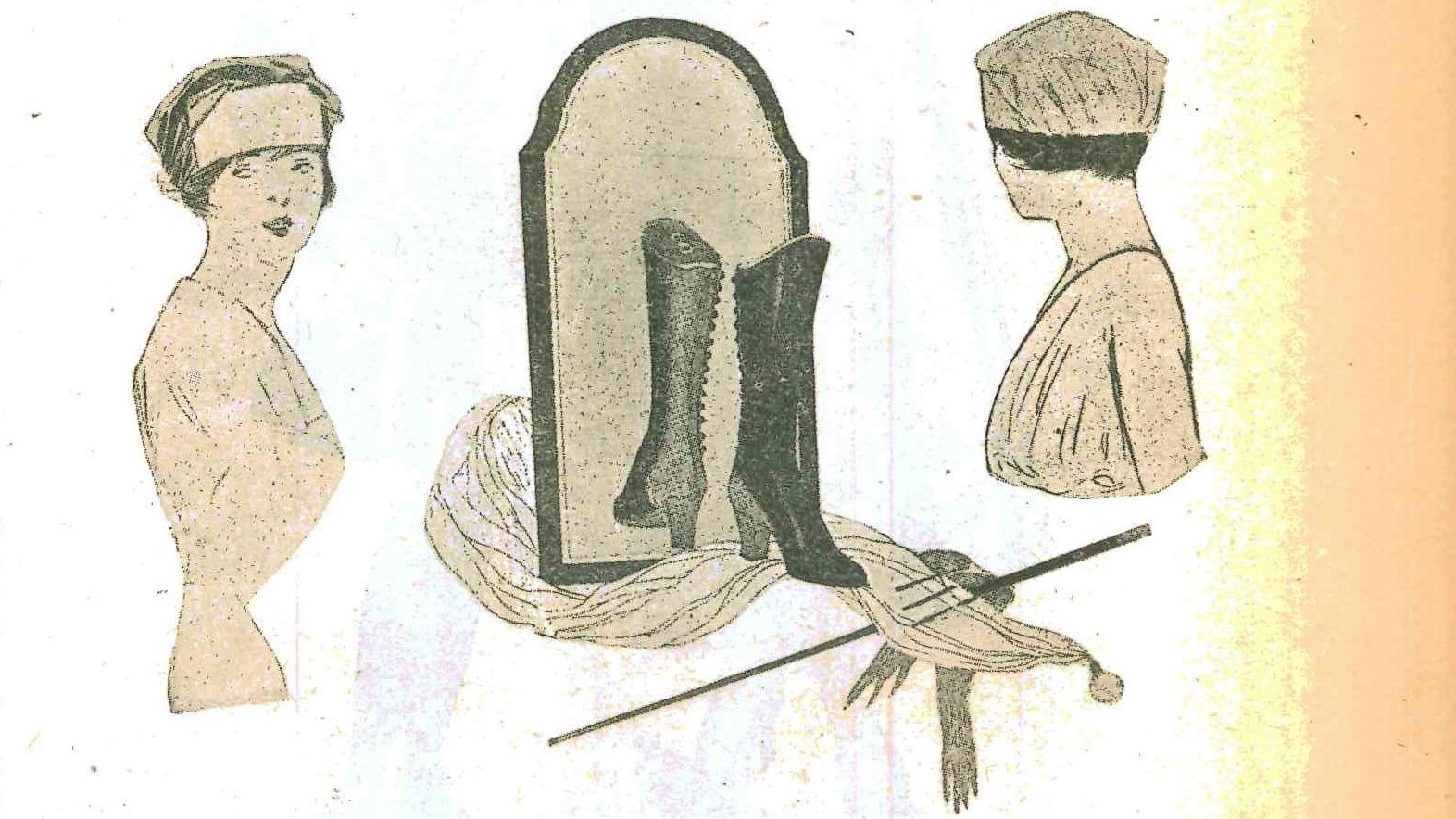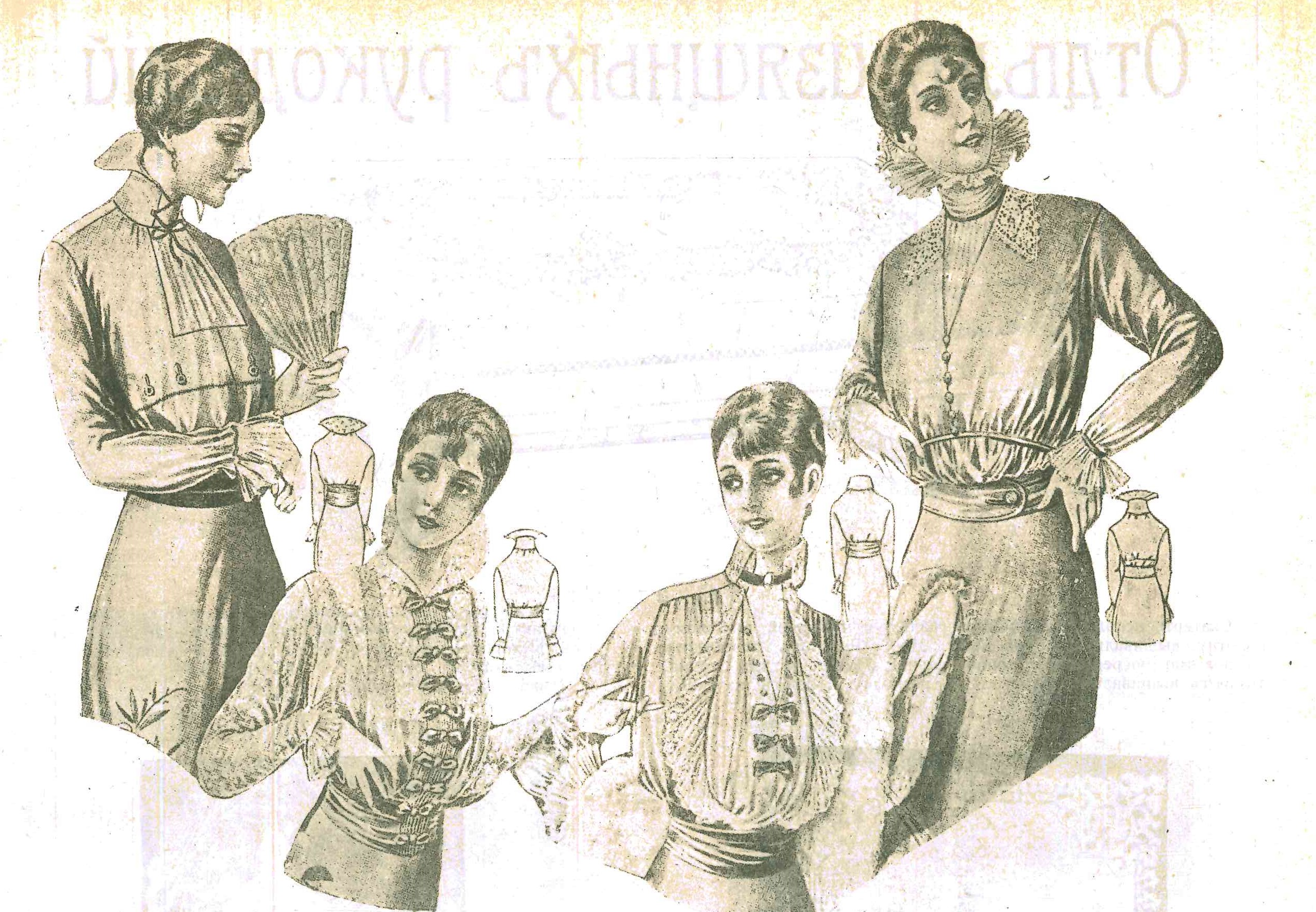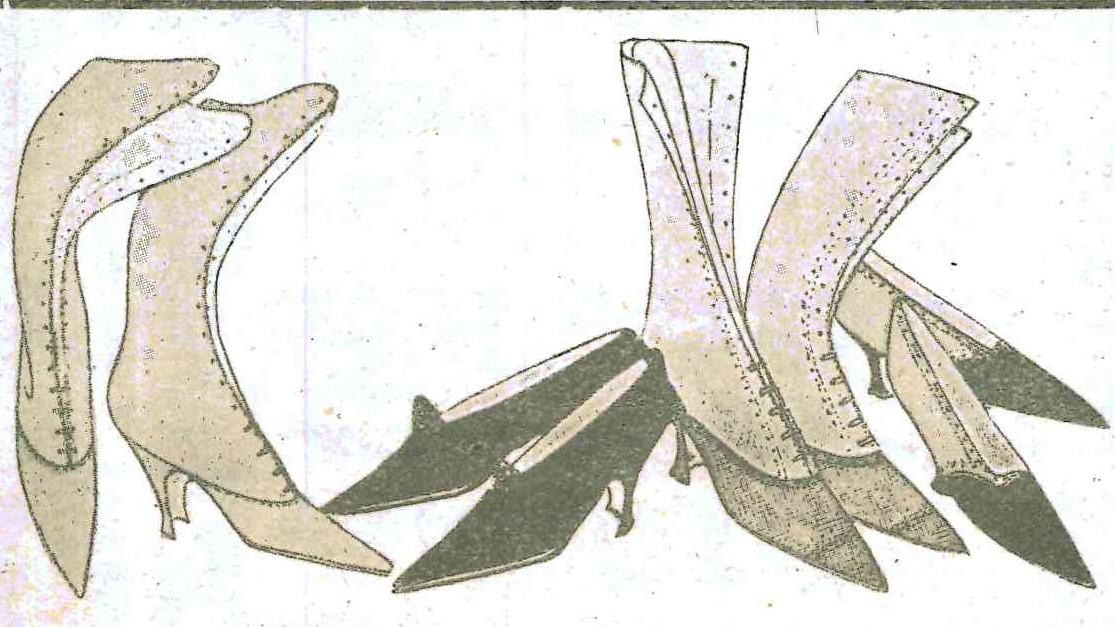Note 2. “The new woman”
Nadezhda Shmulevich, Anna Gudkova
Translated by Julian Graffy
The note is focused on librettos that discuss problems of gender and women’s rights. In her influential book “Na rubezhe stoletii: u istokov iskusstva v Rossii 1900-1910 godov”, Neya Zorkaia argues that the main plot in early Russian cinema is a story of an abandoned wife seduced by a villain. Yet, Rachel Morley’s new book “Performing Femininity: Woman as Performer in Early Russian Cinema” (2017) proves that gender roles in early Russian cinema were much more various. The libretto “Mara Kramskaia” is an example of an ambivalent interpretation of women’s issues. The heroine is a classic abandoned woman but nevertheless she is an emancipationist and stands for divorce and civil marriage. The comic librettos “Women, Do Be Elegant” and “The Suffragists” provide a satirical interpretation of feminism.
Mara Kramskaia
Among the pre-Revolutionary films about the fates of women, the transitional cases, in which a heroine combines the conventional role in early cinema of the abandoned wife with features of the “woman of tomorrow”, are of particular interest. The “film drama about an advanced woman of our days” Mara Kramskaia (also known as The Priestess of Free Love), directed by Vladimir Izumrudov (Garlitsky) is a film about a ballerina who is a supporter of divorce and civil marriage. It is worthy of note that the screenplay was written by Ol´ga Gzovskaia, an actress at the Moscow Art Theatre, who also played the title role. This fact was interpreted ironically by critics: “The first sign by which you can recognise a script written by an actress for herself is the amazing abundance of effective situations and tricks for the heroine. She must be both a talented dancer and a fine rider, both an inaccessible countess and Matreshka from Moscow’s Khitrov Market, - both virtuous as an angel and corrupt as the very worst prostitute. In a word they put a kerchief, a bonnet and a feathered hat on to a single head all at once. Mara Kramskaia is a typical work of this type.” (Granitov, ‘Gzovskaia i Polevitskaia’, Pegas, 1915, 2, pp. 66-67). The image of the heroine, it was being suggested, was created out of a selection of recognisable masks.
Old schemas are still alive in Mara Kramskaia: the heroine played by Gzovskaia turns out to be both an abandoned wife and a rejected lover and in the end she “meets her end in the lower depths”. And yet the cause of this is not circumstance but Mara’s own views, her way of life and the marginal status of a “priestess of free love”. A trivial plot takes on social significance.
Libretto:
With Ol´ga Gzovskaia. A Film drama in 6 acts with an epilogue. Mara Kramskaia’s life in her father’s house passed joyfully and without a care. But one day she became the involuntary witness of an encounter between her mother and a young man named Voloshin, and Mara understood a great deal. She loved her father devotedly and was plunged into deep grief on his behalf. She insisted that her father divorce his wife, after which life in the house became dull: her father was grieving and ill. At that time Neverov was paying court to Mara and she told him: “I do not recognise legal marriage and I do not understand how people can make a vow and then so calmly violate it.” And before he died her father said to her; “Well, Mara, perhaps you will be happier than I was, in my legal marriage.” A new life began for Mara in Neverov’s house. She aspired to the stage and she achieved fame: she became a popular ballerina. One day there was to be a performance at the house of the Princes Protas´ev. Mara was invited to participate and was a great success. But at the performance Neverov made the acquaintance of the ballerina Shatova, fell in love with her and left Mara. Mara realised that people did not understand her aspirations and that they condemned her for her way of life, and this caused her profound sadness. “Can it really be a crime that I am living in a civil marriage?” She was profoundly shocked by Neverov’s action and was ill for a long time, but the care of her friends, Savin and especially Prince Protas´ev, quickly restored her health. Prince Protas´ev proposed to her and she accepted. But the old princess decided to break this liaison of her son’s, and she was helped in this endeavour by the pianist Panov. When she had agreed to make a trip abroad with him and had written a letter to Prince Protas´ev, in which she begged him to forgive her the grief she had caused him, she unexpectedly received a letter from Panov, who had already insulted her once in a restaurant by proposing a toast to the priestess of free love Mara Kramskaia, in which he said that he could not travel with her and that everything that he had done had been done in order to save Prince Protas´ev from her.
Many years passed. Prince Protas´ev remained unmarried and continued to grieve over Mara Kramskaia. One day he read a note in the newspapers that read as follows: “The once famous Mara Kramskaia, who had some success on stage, after a personal tragedy sank to the depths. In recent times she has even been seen at the Khitrov Market and now, last night, she was found murdered.” The deep tragedy of Mara Kramskaia's end passes before our eyes. This gifted creature ended her life in the lower depths.
‘Novye lenty (New pictures)’, Sine-Fono, 1916, 7, p. 91
Nor did pre-Revolutionary cinema fail to direct its attention to the theme of women’s feminism, which it addressed not only in a serious vein (as in the films drawn from screenplays by the dramatist Aleksandr Vosnesenkii), but also in a comic tone. Here feminism is interpreted as a rebellion against the necessity imposed upon women of preserving an external elegance with the aid of uncomfortable clothes and accessories – high heels, wigs and corsets. Feminism, as reflected in the two librettos presented below, is not a struggle for equal rights but is, for the time being, only an expression of women’s dissatisfaction with the way that men perceive them. Feminism of this kind only underlines gender differences and the insurmountable barrier between the sexes. Feminist women do not create a new world order; rather they borrow an alien model of behaviour, that of men. Imitation of this kind is represented in film through the motif of a “change of clothes”, a literal trying on of an alien role, which is a complete failure and is offered up for mockery.

Women, Do Be Elegant!
In the libretto Women, Do Be Elegant! feminists, striving to copy male behaviour, become an object of ridicule for the polemical journalist Nikudyshkin ("Good for Nothing"). This leads his fertile imagination to overturn the model of feminism and to turn a man into a woman. Literally wearing women’s clothes, the journalist realises all the arduousness of the “elegance” which women are obliged to endure. But dressing a man in women’s clothes is clearly used for comic effect in the film, since the main emphasis is on creating a grotesque image of feminists: they are dangerous women who in the cause of struggling for their rights are ready to deal with the journalist who has denigrated them in an extremely serious manner.
Libretto:
The polemical journalist Nikudyshkin labours effectively at his enormous scholarly work, which bears the title Women, Do Be Elegant! In this book he emerges as a fierce opponent of equal rights for women and of the “masculinisation” of women, who lose their elegant appearance when they don the clothes of suffragettes. Exhausted by this labour, Nikudyshkin falls asleep and has a nightmare: a group of proponents of equal rights for women decide to subject him to the most exquisite of tortures, so that he can experience what it feels like for a woman to be elegant. They dress him in a corset, which they tighten mercilessly, put him in high-heeled shoes and place a heavy wig on his head. Poor Nikudyshkin dares not object, dares not struggle, since several revolvers are aimed at him. Wearing women’s clothes Nikudyshkin has to sit at a table and entertain his fiancé. Being in the position of a woman becomes more and more arduous for him and in the end he runs away… At that moment he wakes up and is delighted to see that everything that he has experienced was a bad dream…
‘Novye lenty (New pictures)’, Sine-Fono, 1916, 19-20, p. 150


The Suffragists (The Proponents of Equal Rights)
Another farce made in the same year by the same director Vladislav Lenchevskii is the film The Suffragists, in which feminists are once again portrayed as militant and even aggressive representatives of the female sex. After some heated declarations by their opponent, the editor Fertner, they pursue him furiously around the town and he runs away in fright. But through laughter this film portrays the impossibility of inverting gender roles: the women who have taken on masculine roles are terrified by an ordinary frog. The libretto stresses once again the absurdity of women’s efforts to “try on someone else’s clothes” and affirms the necessity of retaining the previous model of gender division.
Libretto:
After reading in the paper that that very day there would be a meeting of proponents of equal rights, Fertner and his faithful companion-secretary decided to attend it. After much pleading they were finally allowed into the room where the proponents of equal rights were holding their impassioned debates. The Chairwoman, Mrs Khalatova, was rebelling heatedly about the way women are disfigured by contemporary clothes; the corset, high heels, hats – all were subjected to her merciless criticism. Flat-heeled English shoes, uncorseted waists – this is what the Chairwoman extolled. Antosha Fertner’s elegant soul could not bear it and he made such an impassioned speech that… the whole crowd of proponents of equal rights pounced on him. After a whole series of adventures he just managed to run to his own front door… But the furious crowd was still giving chase. What should he do? Antosha’s eyes chanced upon a toy frog and a happy thought flashed through his mind… This is what would help him. And indeed, when the rebellious suffragettes burst into Antosha’s flat they saw something which every woman is afraid of – a frog, a little harmless frog, and… they shamefully took flight.
‘Novye lenty (New pictures)’, Sine-Fono, 1916, 19-20, p. 150
Have you spotted a typo?
Highlight it, click Ctrl+Enter and send us a message. Thank you for your help!
To be used only for spelling or punctuation mistakes.